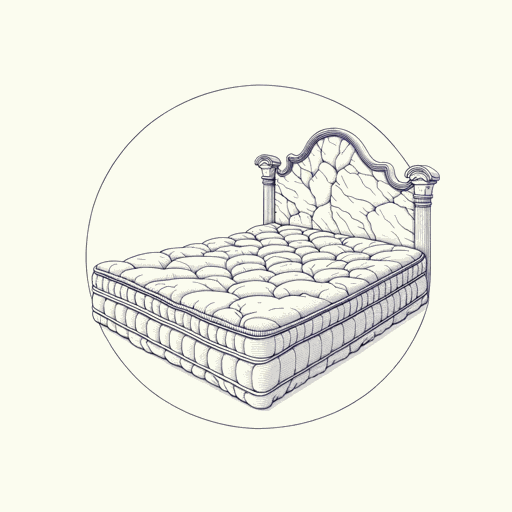36 pages • 1 hour read
Margaret AtwoodStone Mattress
Fiction | Short Story Collection | Adult | Published in 2014A modern alternative to SparkNotes and CliffsNotes, SuperSummary offers high-quality Study Guides with detailed chapter summaries and analysis of major themes, characters, and more.
Symbols & Motifs
Sight
Sight, or the lack thereof, is a motif throughout the book. In “Alphinland,” Atwood writes, “The beauty is an illusion, and also a warning: there’s a dark side to beauty, as with poisonous butterflies” (1). Without being able to see the beauty, it would be impossible for people to see the ugly. Without seeing the ugly, people cannot appreciate the good and beautiful.
Mirrors are often a symbol of the sight motif. At first, the narrator of “Lusus Naturae” avoids mirrors. Later, as she grows bolder, she looks in a mirror but knows she does not see what other people see when they look at her:
Inside our house, I tried a mirror. They say dead people can’t see their own reflections, and it was true; I could not see myself. I saw something, but that something was not myself: it looked nothing like the kind and pretty girl I knew myself to be, at heart (122).
Verna, the main character in “Stone Mattress,” looks into the mirror before she goes in for her “kill”; she also quotes Tennyson: “Though much is taken, much remains” (218). She then says that her third husband loved Tennyson, letting the reader know that Verna has been married more than once and giving the reader the opportunity to wonder what happened to Verna’s first two husbands.
Related Titles
By Margaret Atwood
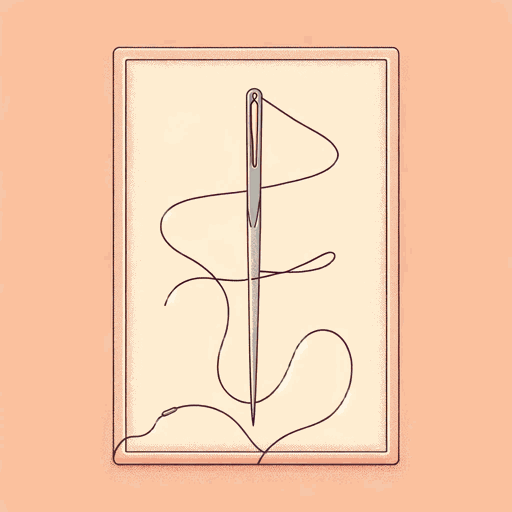
Alias Grace
Margaret Atwood
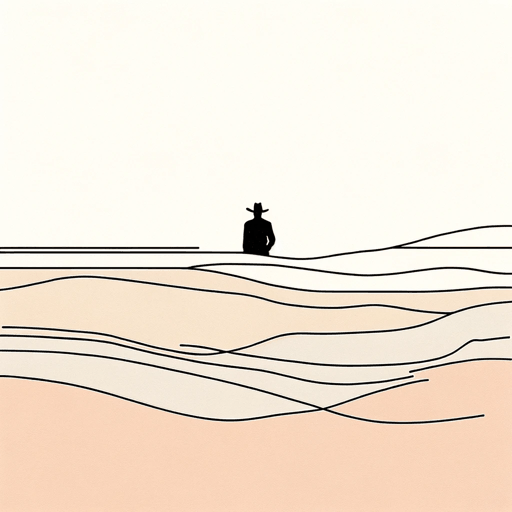
Backdrop Addresses Cowboy
Margaret Atwood
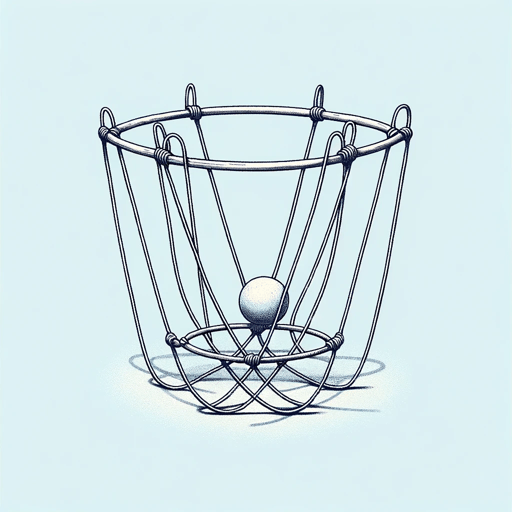
Cat's Eye
Margaret Atwood

Death By Landscape
Margaret Atwood
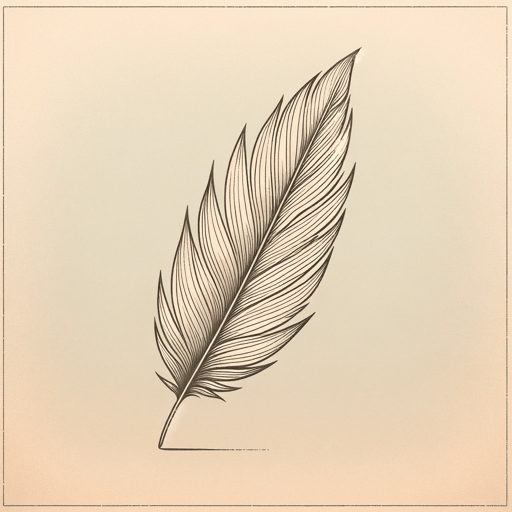
Hag-Seed: William Shakespeare's The Tempest Retold
Margaret Atwood

Happy Endings
Margaret Atwood
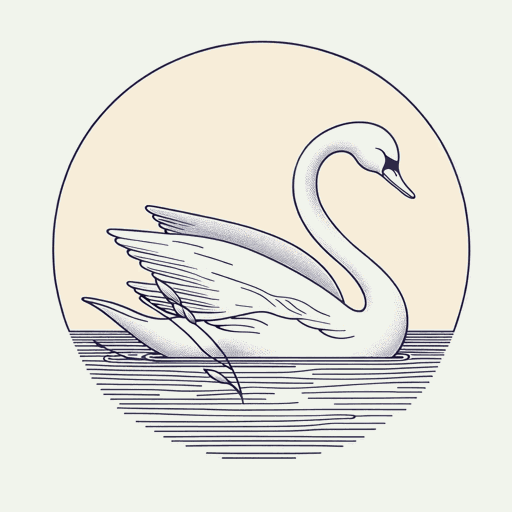
Helen of Troy Does Countertop Dancing
Margaret Atwood

Lady Oracle
Margaret Atwood

Life Before Man
Margaret Atwood

MaddAddam
Margaret Atwood
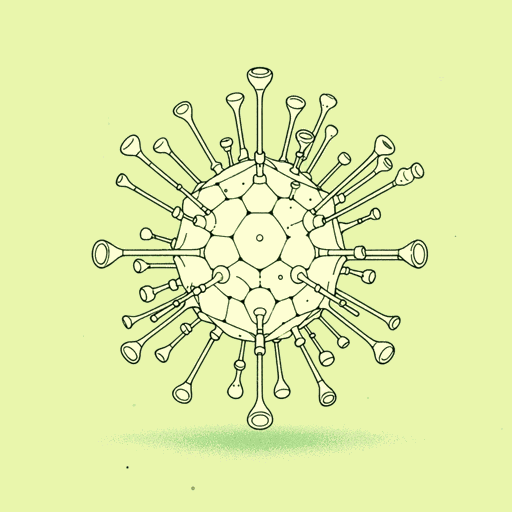
Oryx and Crake
Margaret Atwood

Rape Fantasies
Margaret Atwood
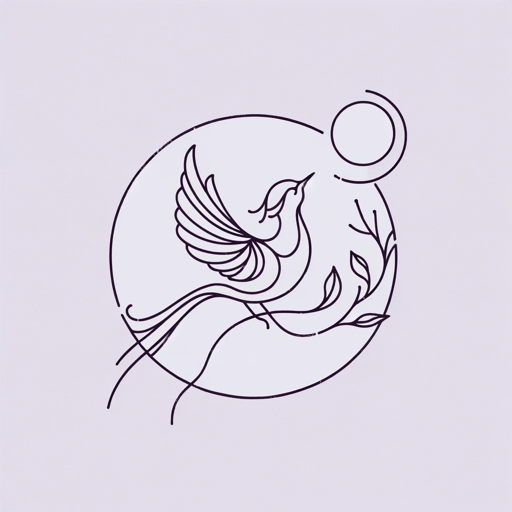
Siren Song
Margaret Atwood

Surfacing
Margaret Atwood

The Blind Assassin
Margaret Atwood
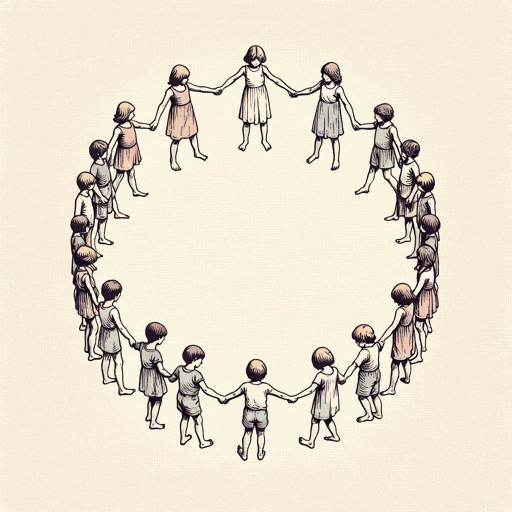
The Circle Game
Margaret Atwood
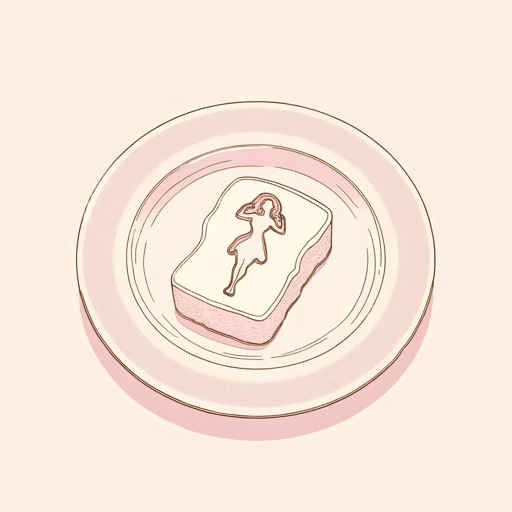
The Edible Woman
Margaret Atwood
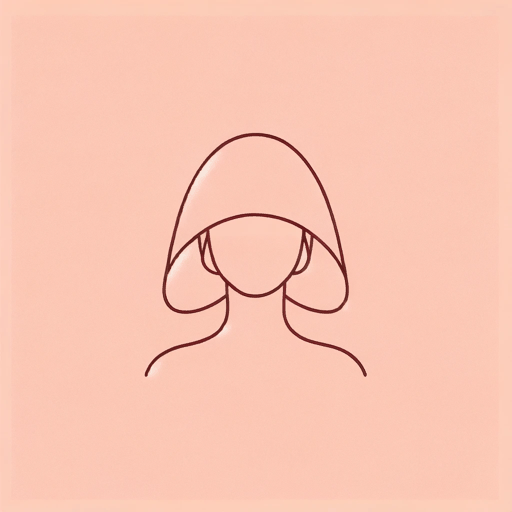
The Handmaid's Tale
Margaret Atwood

The Heart Goes Last
Margaret Atwood
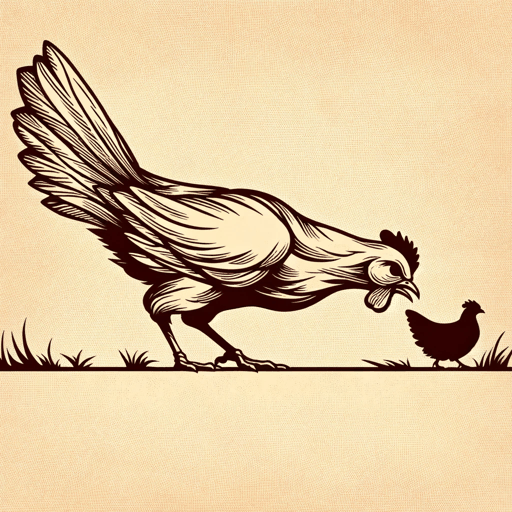
The Landlady
Margaret Atwood
Featured Collections
Aging
View Collection
Canadian Literature
View Collection
New York Times Best Sellers
View Collection
Oprah's Book Club Picks
View Collection
Revenge
View Collection
Short Story Collections
View Collection
Victorian Literature
View Collection
Victorian Literature / Period
View Collection
